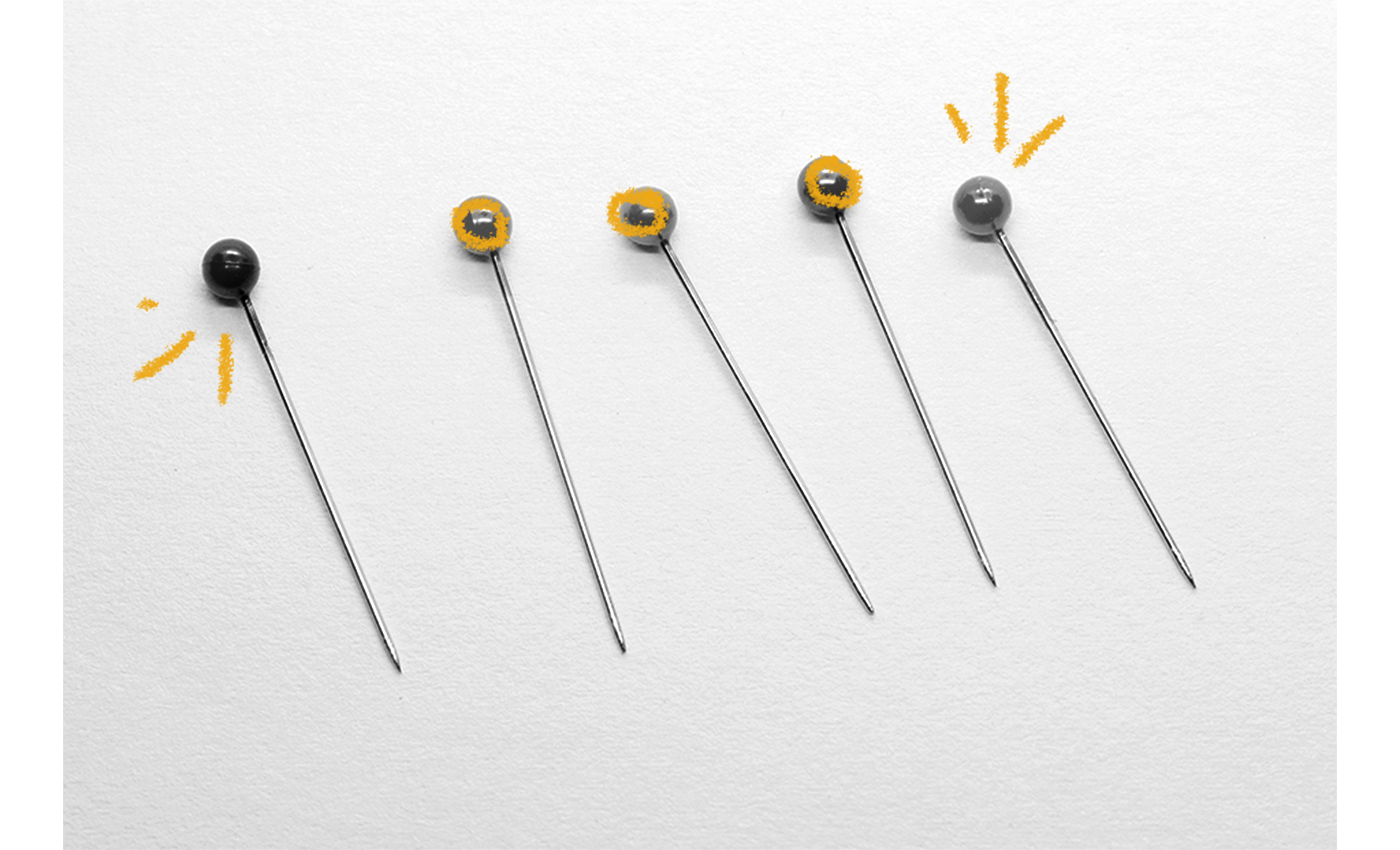Made up of a long pin and a decorative head, stick pins were commonly worn by men from around 1830 to 1920. Unlike many fashion items, stick pins had a practical purpose: holding a gentleman’s cravat in place. It’s worth noting that stick pins were not necessarily created in 1830, however. Since cravats were first worn as part of a 17th-century military uniform (thus pre-dating the Victorian era entirely), it’s thought that the accessories most likely originated around the same time. However, in their early days of use within fashionable society, stick pins were expensive to acquire and were therefore only worn by men in the uppermost echelons of society. That all changed in 1832, when a pin-making machine was patented in America. In the 1830s, stick pins were simple in design and usually had only one jewel at the top. But starting in 1850, stick pins became much more extravagant as cravats became more popular with upper-middle class gentlemen, who used stick pins as a way to signify their sense of taste, individuality, and wealth. After World War I, stick pins fell out of fashion as trends changed and mass-produced fastenings replaced their practical purpose. Today, however, stick pins are a collector’s item and are still sometimes worn for formal occasions, such as weddings and black-tie events. They’re also popular among menswear enthusiasts. And of course, these accessories continue to live on today in the form of their successor, the modern tie pin.

Your go-to guide for weird history facts
Subscribe to the FREE daily email that makes learning about history fun.


